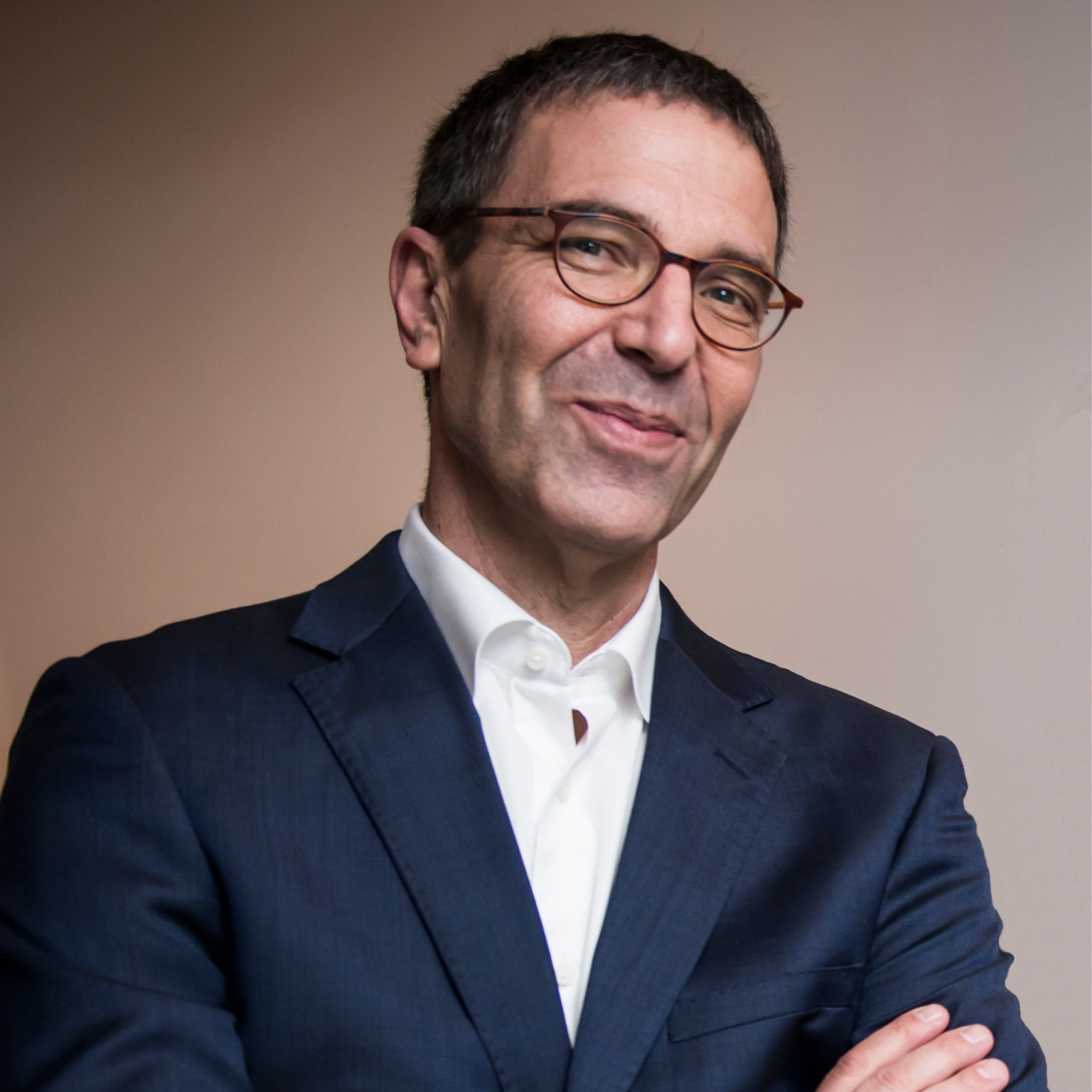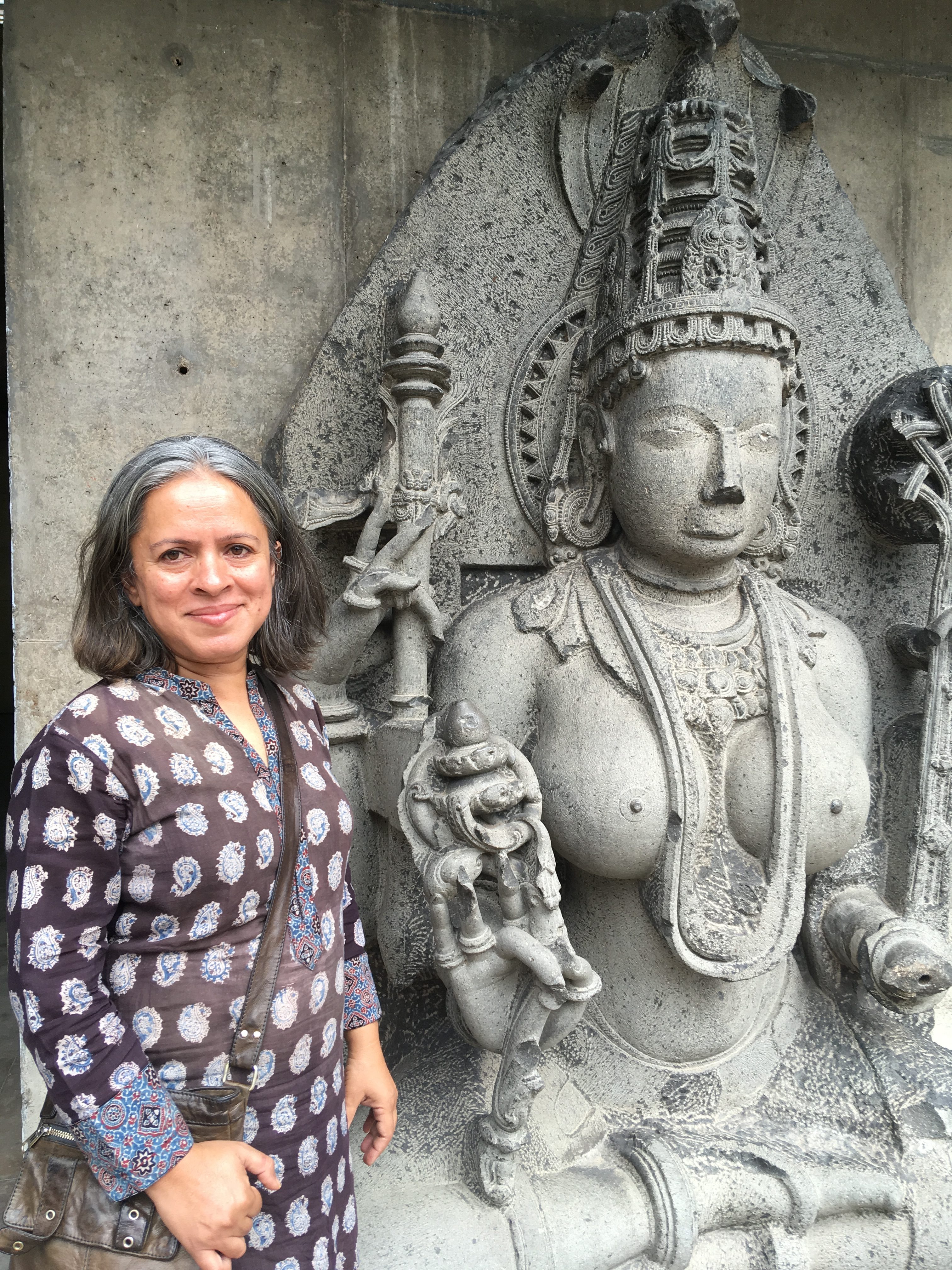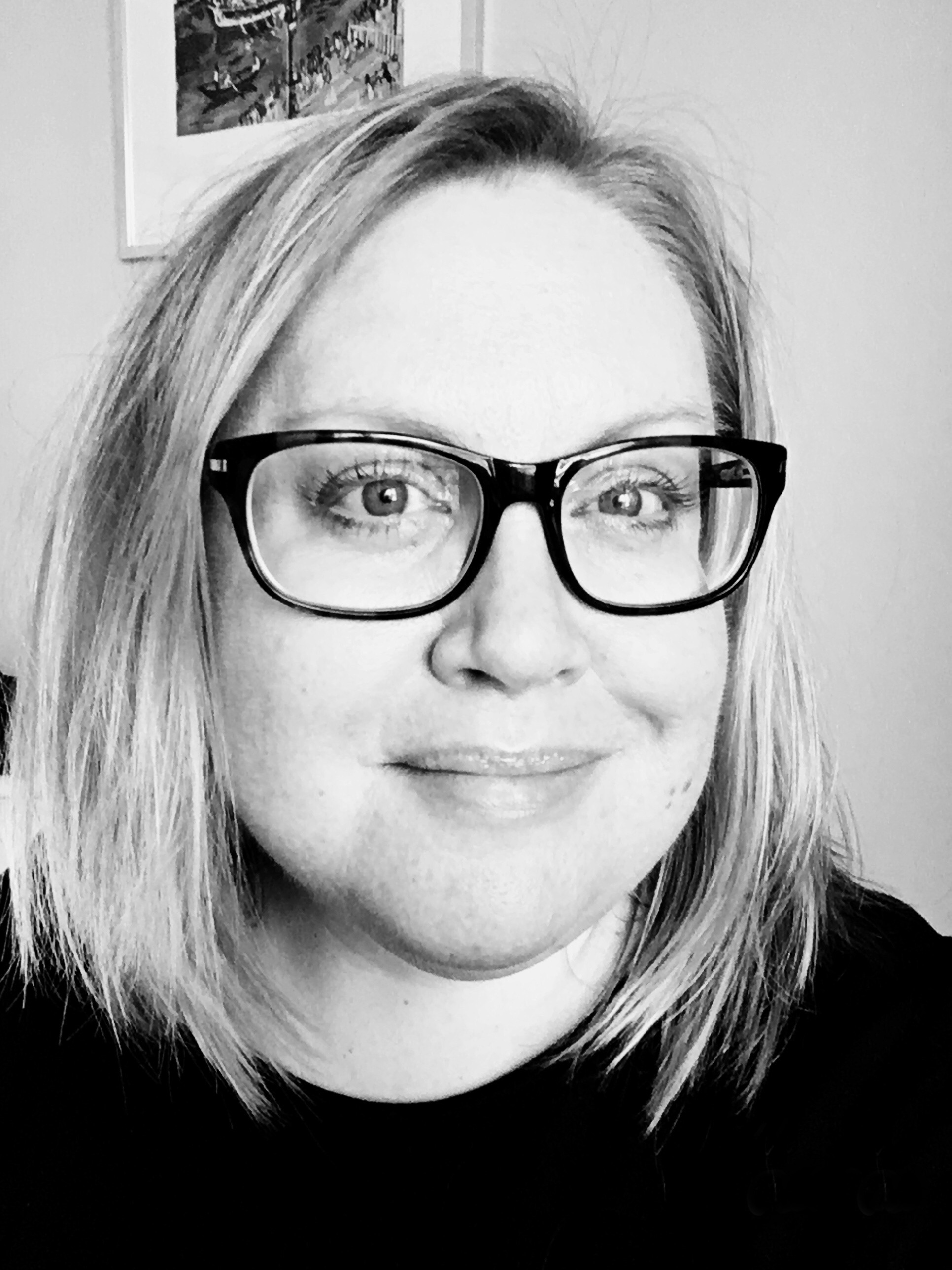Ido Bruno, Director of the Israel Museum, Jerusalem. Photography © Ofrit Rosenberg
1.What is your museum about and what is your work there?
The Israel Museum is the largest and foremost cultural institution in the State of Israel and is ranked among the world’s leading universal museums, with a far-ranging collection of nearly 500,000 objects representing the full scope of world material culture. Founded in 1965, the Museum houses encyclopaedic collections in its three curatorial wings – Archaeology, Fine Arts, and Jewish Art and Life – with objects ranging from prehistory to the present day. Our Archaeology Wing, for example, features the world’s most extensive holdings of biblical and Holy Land archaeology.
I have served as the Israel Museum’s Director Since 2017. In this capacity, I oversee the overall day-to-day running of the museum, as well as implementing new knowledge systems; introducing deeper cross-disciplinary approaches; creating collaborations with other leading museums and cultural organizations in Israel and worldwide; and cultivating excellence in the development of our collections and exhibition programming.
My professional engagement with the museum in fact goes back much further than my present position, since I worked as an exhibition designer and curator since 1995 – including, for example, the 2013 exhibition Herod the Great: The King’s Final Journey. I was also part of the design team for the Museum’s three-year renewal project, completed in 2010, and was responsible for the placement of sculptures throughout the museum, and especially in its renowned Billy Rose Art Garden.
2.How is your museum dealing with the coronavirus crisis?
When the lockdown was announced, we quickly realized that for the forseeable future we must make a complete about-turn in the way in which we connect with our audiences. We wanted to explore ways in which the museum could remain a meaningful part of life under lockdown for people in Israel and around the world when they could not visit the museum in person, especially families with young children.
We decided upon a three-pronged digital approach: firstly, we brought in film crews to videotape existing exhibitions, some of them newly opened, and have continued to do so during the entire period of lockdown. Secondly, we created a new mini-site to serve as a unified go-to place for these videos, as well as online talks, lectures, and activities for children.
These have been so popular that we have continued to add new content to the site and will continue to do so even after the pandemic is over. And thirdly, we strengthened our presence on social media, for example by enhancing activity on our English Facebook page, and creating a Facebook page in Arabic.
3.What is the impact of your digital activity? Do you have tips to share with your colleagues?
When the lockdown began, we chose to focus on the opportunities presented by this unique situation. For us, this was about expanding our digital presence and reaching out to audiences everywhere in the world. With this in mind, we turned our website into a virtual gateway into our galleries. Together with other content we were soon able to offer, we turned challenge into opportunity almost overnight.
I think the key was to think positively, and quickly shift gears into a new and innovative mode of everyday activity that sparked new levels of creativity and enterprise among our staff members. It was also an opportunity to reach out to audiences which were not among the museum’s usual visitors: for example, the younger generation through social media; new geographical regions; and new languages – for example, I believe we are the first museum in Israel to offer a Facebook page in Arabic.
4.Are you preparing yourself for the reopening or you are already opened? Tell us in what way.
The museum reopened in August, with our facilities fully compliant with the Israeli Ministry of Health’s requirements and regulations (including the numbers of people present; online pre-registration; marking the mandatory social distance of two meters; and taking the temperature of everyone entering the museum). The objective was not only to create a safe space for visitors as required by the authorities, but to allow our visitors to feel safe and to fully enjoy the museum experience in a carefree way, without concerns for their health and safety.
We planned various special events and activities for the occasion of the reopening. One special activity – which was a treat for the staff as well as for the visitors we were so thrilled to welcome back – was half-hour ‘capsule’ tours of the museum’s permanent and current exhibitions and collections, guided by different members of the museum’s permanent staff, from curators to security guards – including myself! This afforded our visitors a unique behind-the-scenes glimpse into the museum. These special VIP tours, scheduled throughout the day and requiring no pre-registration, continued for a period of two weeks and were hugely successful.
We also hosted the International Jazz Festival. Rather than in the galleries, as in past years, performances this year were held in an outdoor format in the Billy Rose Art Garden to facilitate social distancing, with the audience seated in small capsules. Performances were also livestreamed for online audiences.
More than 23,000 visitors came to the museum in the month after we reopened, evidence of the thirst and appreciation for art and culture, even – or perhaps especially – in difficult times.
Interview by Fabio Pariante, journalist
MORE
Israel Museum on social networks: Instagram – Facebook – Pinterest
Ido Bruno (Jerusalem, 1963) has been the director of the Israel Museum since 2017. He is a graduate of the Department of Industrial Design of the Bezalel Academy of Art and Design, Jerusalem, where he has been teaching since 1993, receiving a full professorship in 2014. Among his curatorial experiences, he has also included exhibitions at the National Library of Israel, the Bloomfield Science Museum, Jerusalem and Israel Academy of Science and Humanities.
In addition, he has helped define conceptual programs for many institutions, such as with the Jerusalem Natural History Museum. Professor Bruno is one of the most important designers in Israel and as a member of several committees of Israel’s Ministries of Culture and Education and as an adjudicator on award committees for art and design.
His projects have been presented to some of the most important and prestigious institutions in Israel and in the world, including among the others, the MoMA, New York, Mudac Museum of Design and Applied Arts, Lausanne, the Design Museum, London, the Tel Aviv Museum of Art and the Israel Academy of Science and Humanities, Jerusalem. He has been the recipient of numerous awards and prizes, notable among them the Minister of Culture’s Prize for Design which he received in 2012. Professor Bruno lives and works in Jerusalem.



